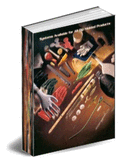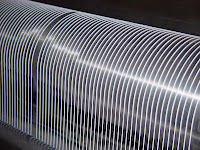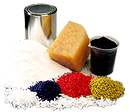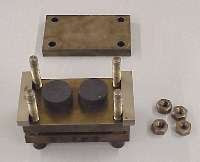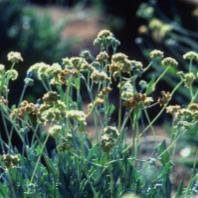Latex "strike-through" problem
We have tried increasing the levels of calcium nitrate into the pre-treatment formulation, but this causes problems with the bleaching effect that it has on the textile dyes in the substrate. Also in terms of viscosity increase, we are stuck with the levels that the coating will allow (extremely low).
There is a surfactant in the coating in the form of sodium dodecyl sulphate. Would this be likely to cause a problem?
Can you suggest any reactants that cure a polymer with quicker reaction times like almost instant as soon as the latex lands on the treated garment?
JohnWoon: What you're having is what we call "striking through" i.e. unwanted and excessive penetration of the latex or other liquid into the matrix of the textile.
Please ensure that there is minimal or zero level of non-ionic surfactants in your coating formulation as this would retard the gelling or setting of the coating when coming into contact with calcium nitrate.
Check and see if you could reduce the level of SLS (sodium dodecyl sulphate) but not to the extent of the latex stability being compromised. The effect of such reduction is also to control or reduce the wetting property of your ink so as to minimize "strike through".
Please also look into the possibility of replacing calcium nitrate with ferric chloride or zinc nitrate/chloride. Deliberate but controlled destabilizing of the latex could also help.
You are at the site for answers and solutions to all your problems in natural rubber latex processing and manufacturing of industrial, household and medical gloves, condoms, catheters, baby teats and baby pacifiers, toy balloons, latex foam products, latex threads etc.


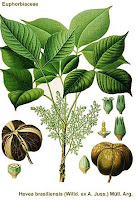

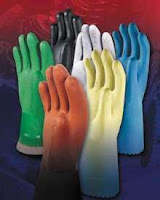




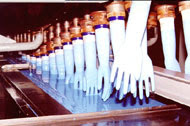


















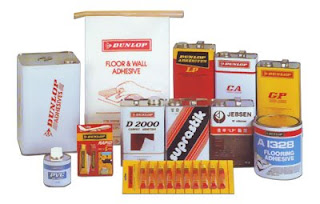
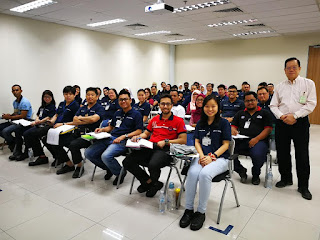

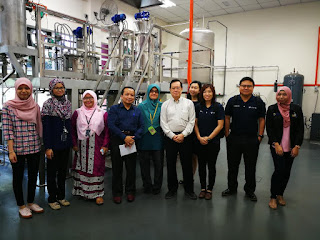








.jpg)
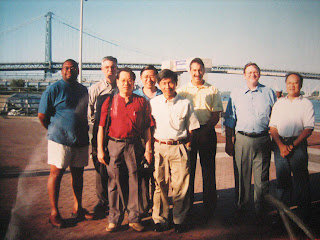.jpg)


.jpg)
.jpg)
.jpg)
.jpg)
.jpg)
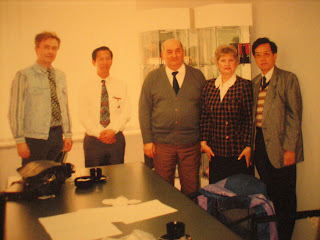.jpg)
.jpg)
.jpg)
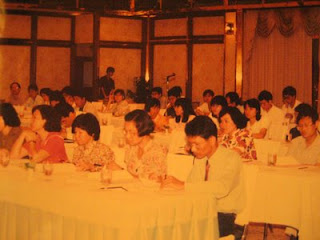.jpg)
.jpg)
.jpg)
.jpg)
.jpg)
.jpg)
.jpg)
.jpg)
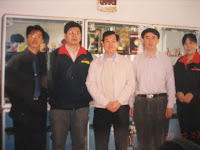.jpg)
.jpg)




